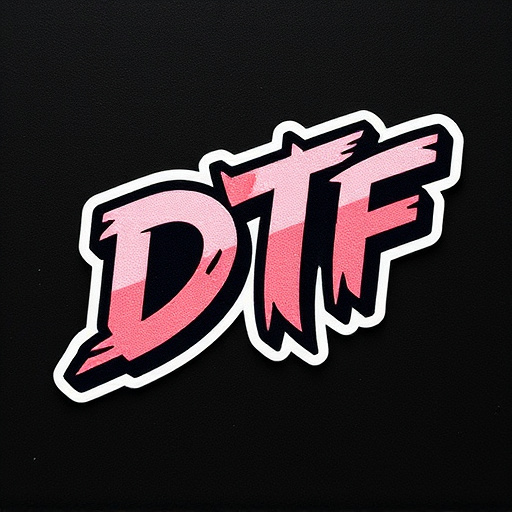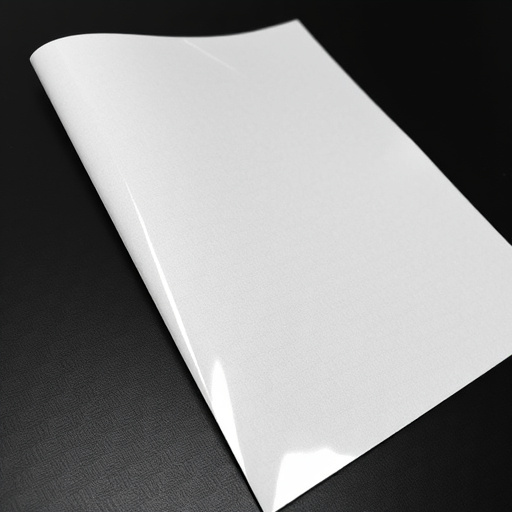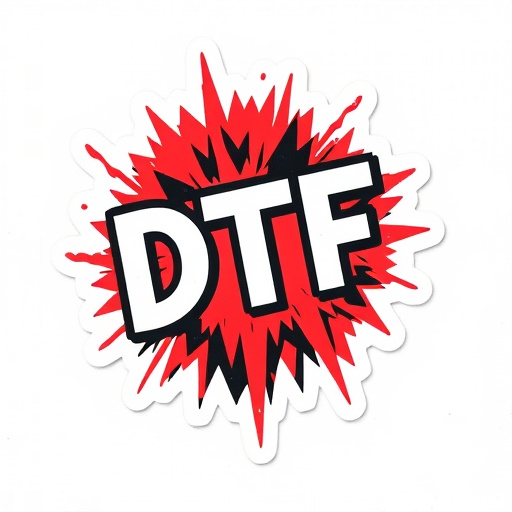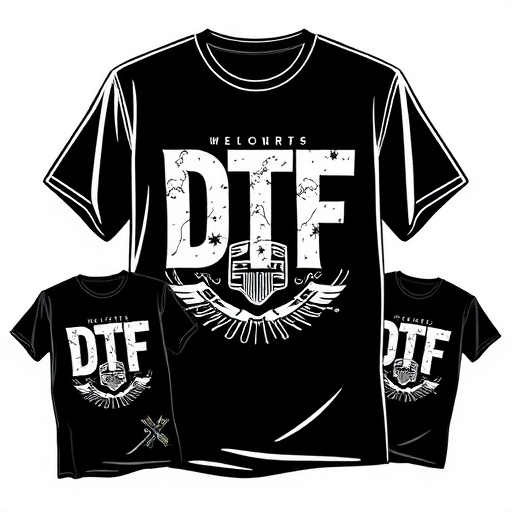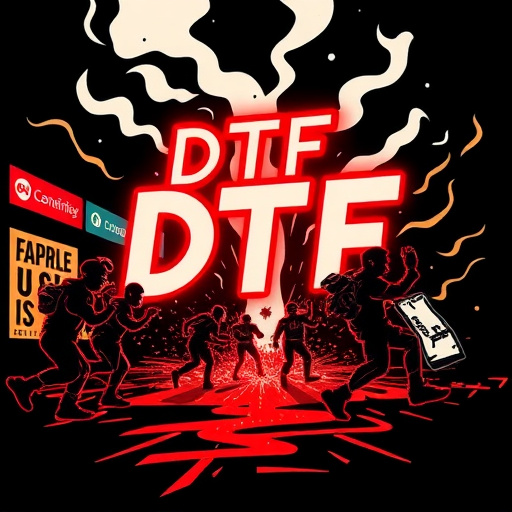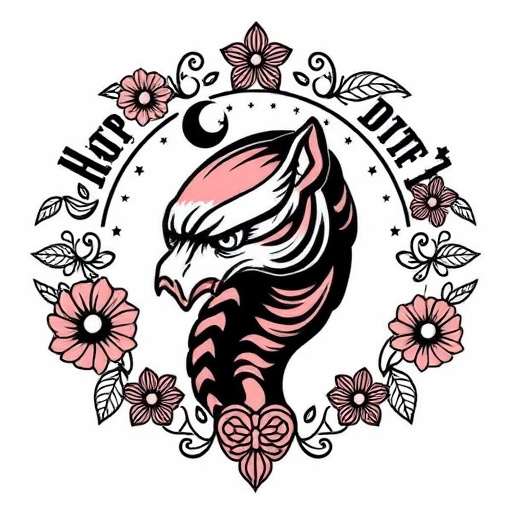Selecting suitable DTF inks for dark fabrics is key to high-quality prints. Proper preparation, including cleaning and using compatible paper/films, ensures print vibrancy and durability. Designs should be 300 DPI in CMYK mode with a bleed area to prevent white borders, adhering to printer standards.
“Avoid common pitfalls in your DTF T-shirt printing projects with this comprehensive guide. Discover why selecting the wrong ink types can impact quality, and learn the importance of meticulous pre-printing preparation. Understand the nuances of design resolution and quality requirements to ensure crisp, vibrant prints. Optimize your workflow, minimize errors, and elevate your DTF T-shirt printing results.”
- Choosing Incorrect Ink Types for DTF Printing
- Neglecting Pre-Printing Preparation Steps
- Misunderstanding Design Resolution and Quality Requirements
Choosing Incorrect Ink Types for DTF Printing

When it comes to DTF T-shirt printing, one of the most common mistakes is selecting the wrong ink types for your project. Different fabrics have varying porosity levels, which significantly impacts how inks adhere. Using the incorrect ink can lead to poor print quality, with colors appearing washed out or uneven on dark fabrics. Specifically, choosing standard textile inks for DTF printing on darker materials may not produce the desired results, as these inks often struggle to bond properly.
For optimal outcomes, consider using specialized inks designed explicitly for DTF printing, especially when working with dark fabrics. Cold peel dtf transfers, for instance, are formulated to ensure a smooth and long-lasting application, even on challenging surfaces. Utilizing the right ink type is a game-changer in achieving vibrant, crisp prints that withstand wear and tear, making your DTF printing projects stand out.
Neglecting Pre-Printing Preparation Steps

Many enthusiasts jump into DTF T Shirt Printing projects without realizing that proper preparation is key to achieving professional results. Neglecting pre-printing steps, such as cleaning and preparing the t-shirt surface, can lead to subpar prints. It’s crucial to remove any dirt, grease, or existing prints using appropriate cleaners to ensure optimal adhesion for the dtf heat transfer paper or dtf transfer film.
Additionally, proper material selection is essential. Using high-quality dtf heat transfer paper and dtf transfer films compatible with your printer can make a significant difference in print quality. Misalignment, improper pressure, or inadequate heating during the printing process often result from skipping these critical preparation phases, ultimately affecting the final design’s vibrancy and durability on the t-shirts.
Misunderstanding Design Resolution and Quality Requirements

When diving into DTF T shirt printing projects, a common pitfall is misunderstanding design resolution and quality requirements. Many beginners assume that any graphic or image can be used for DTF (Direct to Fabric) prints, only to discover that the file needs to meet specific standards. For instance, designs should typically be 300 DPI (dots per inch) at the final size to ensure crispness and clarity on the printed t-shirts. Lower resolution images may result in pixelation or blurry details when scaled up.
Moreover, understanding color mode settings is crucial. Most DTF printers require designs in CMYK color mode, which is different from RGB used in digital design software. Converting files incorrectly can lead to off-colors on the final product. Additionally, ensuring adequate bleed area around the design prevents white borders if there are any printing imperfections, enhancing the overall custom t-shirt quality.
When embarking on a DTF T-shirt printing project, steering clear of these common pitfalls is essential for achieving exceptional results. From selecting the right ink types to mastering pre-printing preparation and understanding design specifications, each step plays a crucial role in the final output. By keeping these mistakes in mind and implementing best practices, you can ensure your DTF T-shirt printing ventures are nothing short of spectacular, delivering vibrant designs that truly stand out.



